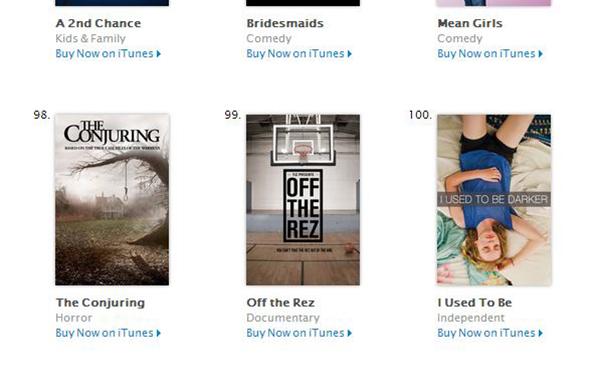Deanna Sebring was the main witness to the murder. She crossed Howell Street at 4:12 p.m. on August 30, 2010, just as Seattle Police Officer Ian Birk opened fire on Ditidaht carver John T. Williams, who had been carving a board while walking. She stood behind Birk as he shot five bullets in about a second. The dash cam of his patrol car shows her recoiling from the sound. Deanna kept walking, then turned and saw John lying on the sidewalk, looking up at her. She continued walking. The horror took a moment to sink in. His eyes are what bothered her the most. Birk had just gunned down an unarmed man. Finally, after a block and a half, Deanna stopped and returned to report the crime.
I never expected to find a story like this in the documentary, titled “Honor Totem,” produced for the government access Seattle Channel and recently released on YouTube. As an Alaska Native who has also been homeless and incarcerated, I found it easy to seethe at the cops after the murder. But my outrage masked something else, something I had been hiding—something Deanna’s story brought out into the open.
Video of Community Stories: Honor Totem
Through her eyes I experienced John’s last moments of consciousness. I could see him in my imagination, pleading, then fading. The finality of his death gave me vertigo and I felt as if I might fly apart in a million pieces. Her story destroyed my shield of political outrage and made me see the raw horror of John’s death. And for some reason it haunted me.
Through interviews with family members, in particular John’s brother Rick, “Honor Totem” relates the story of John’s life and the causes of his downward spiral. After losing his father, who taught him to carve in the family style, and three brothers in just a few short years, John began drinking more. He sank into depression. By the time of his murder he was deaf in one ear and virtually blind. He was a broken man, displaced from his tribal homeland.
But to Seattle Police he was just another drunken Indian to be swept off the streets like confetti after a parade. If it hadn’t been for witnesses like Deanna Sebring, Officer Birk would have probably received a medal. Due in part to her testimony, the Firearms Review Board determined the shooting was unjustified and Officer Birk resigned.
Ian Devier, who wrote the documentary, at the foot of the John T. Williams Memorial Honor Totem that stands near the Space Needle at the Seattle Center.
Deanna relates in an interview during “Honor Totem” that she suffered nightmares after the shooting. She says she heard about John’s brother Rick and his plan to carve a memorial totem pole for John to promote healing. She and her son visited the carving site on Pier 57 several times. Rick even taught her son how to carve. As she spent time with the carvers, she absorbed the welcoming atmosphere and slowly began to heal.
Rick says in the documentary that the totem pole has healing energy. So the day after viewing “Honor Totem,” I take the light rail downtown and transfer to the monorail. I am nauseous and my head is spinning. I see the totem as we pull into the Seattle Center, standing at the end of a cool, moist lawn just east of the Space Needle. I stumble toward it. Vertigo makes every step a struggle. I reach the pole and close my eyes. I see John, his eyes pleading, then fading.
Then I realize they are not John’s eyes at all. They belong to my Aunt Judy, my mother’s twin sister, a full-blooded Tlingit. She looks at me from a bed in a nursing home, pleading, then fading. She took me in after I got out of prison years ago and I abandoned her at the end of her life. I let her die alone in a nursing home. I had so much anger inside. I don’t even know what it was about. I just hated.
Detail of the John T. Williams Memorial Totem Pole. An eagle stands on top, beneath that is a master carver, and beneath that is a Raven. (Ian Devier)
I sit near the totem pole and my stomach starts to settle. My Aunt Judy passed away just two years before John’s murder. My political outrage about his assassination masked the guilt I felt about my aunt’s death. I feel just as guilty as Officer Birk, but until now I buried those feelings deep inside. John’s Honor Totem and the healing it represents help me face my guilt. I look at the master carver depicted in the middle of the pole. I shot you, John. It might as well have been me. I killed my Aunt Judy by abandoning her.
The wind makes the trees behind John’s Honor Totem rustle. The master carver listens. Kids play on the lawn and a breeze kisses my cheek. Part of healing is forgiveness. Part of healing is remembrance. My stomach settles and I suddenly feel hungry. Thank you, John. May we always remember what you taught us about acceptance, forgiveness and the healing power of our traditions.







